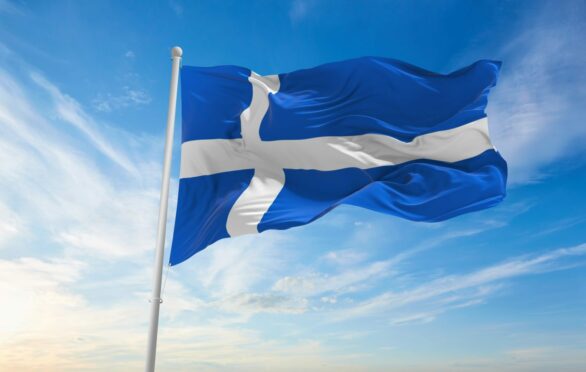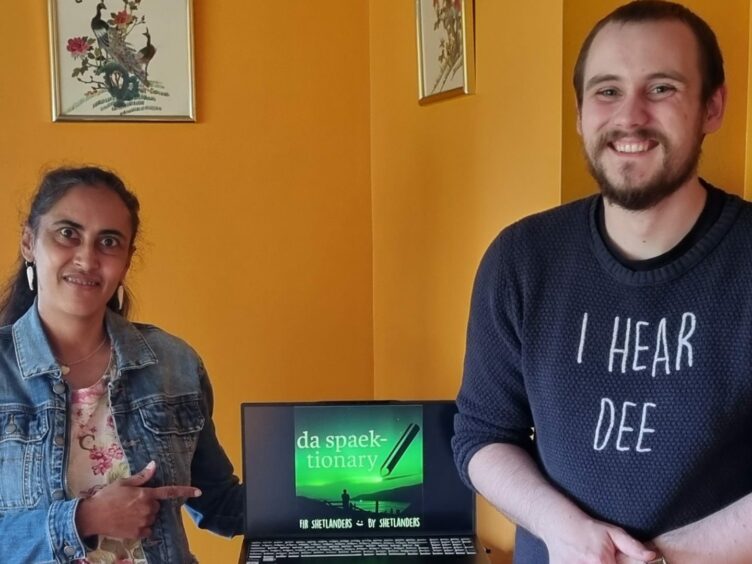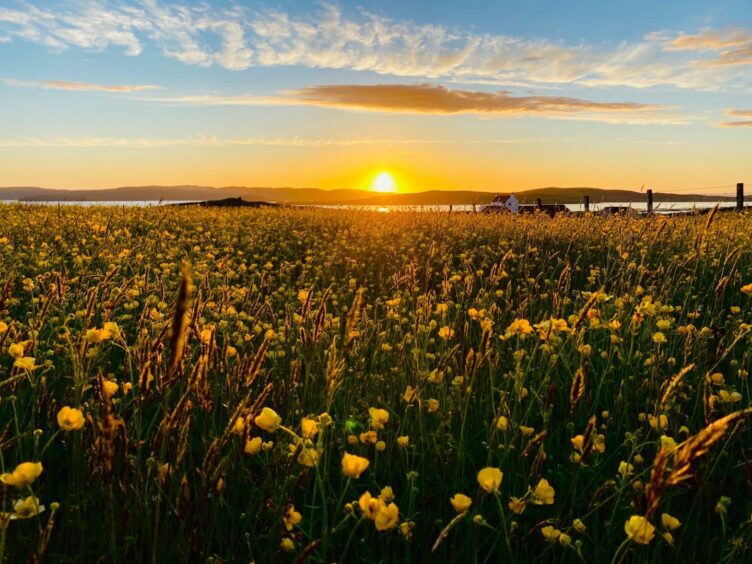With Scots, Gaelic and English listed on the Scottish census- could Shetlanders have their language added to the mix?
The UHI (University of Highlands and Islands) are working alongside the I Hear Dee group to create groundbreaking Shetland Language Plan.
Currently, Shetlanders spend their schooling years learning to read and write English, meaning they aren’t always accustomed to putting their native tongue on paper.
‘Everyone has to read and write their own language’
Viveka Velupillai, professor of linguistics affiliated with the University of Giessen, wants to create a tool where the Shetland language can be accessible to locals and outsiders.
She explained: “This is a language in its own right, its different enough, in linguistic terms to qualify as a language.
“Nobody here identifies as a Scots speaker because Scots means lowland Scots, people here speak something else.
“It has much more Scandinavian (influence) as previously assumed and there’s also a lot Germanic languages so Dutch and Low German.
“Everyone has to learn to read and write in their own language and for that, there needs to be a set convention.
“Writing and spelling is a practical tool that allows everyone to read what’s been written without having to know the voice of the writer.”
She added the Shetland Language Plan has received praise from universities across the world including in Germany, Netherlands, Belgium, Australia and the USA.
‘Difficult to keep everyone happy’
Roy Mullay, from I Hear Dee, stressed there are many variations of the Shetland language across the isles, but they’re trying to find a middle ground to represent as many as possible.
He said: “Shetland dialects within Shetland sit on a spectrum. You’ll have maybe Whalsay at one extreme and then you’ll have Lerwick.
“For us, it’s difficult to keep everyone happy, you’ll never get it completely accurate to any one person, but we can try find a middle ground.”
Professor Velupillai compared this situation to that of German where the way in which the language is pronounced varies regionally, but is still standardised.
She added: “In German for instance, you will have the same spelling system but the way a Bavarian sounds and the way the northern German sounds is very different.
“They have entirely different ways of pronouncing certain consonants, but the trick is to simply think of it as a practical tool.”
‘Essential we get place names recorded’
Mr Mullay says the plan also aims to tackle anglicised place name signs as they hope to get signage which includes both the Shetland and English versions.
“I think we all have lists of place names that we know how they’re supposed to be, but on the sign it’s different.
“It’s a wonder that folk have done so well to keep up the old names, but I think it’s essential we get that recorded and on proper official signage,” he added.


